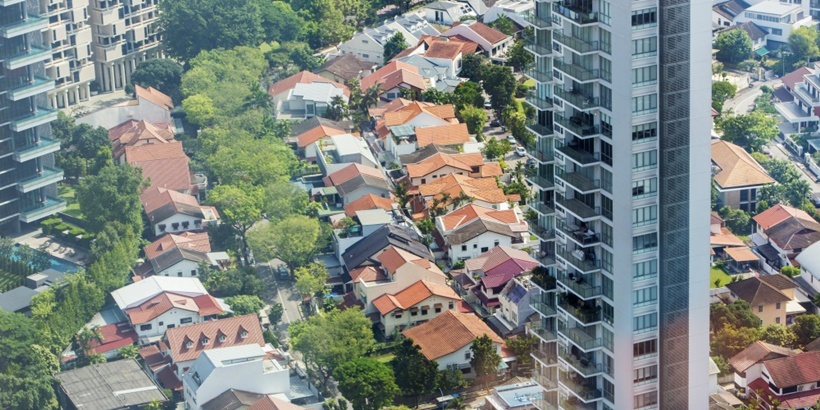Property prices in Singapore surged from 2009 to 2013, but have fallen by around 11 percent since then.
The various property cooling measures rolled out by the government have been effective in stabilising Singapore’s once soaring property market, reported CNBC citing the central bank’s chief.
From 2009 to 2013, property prices here soared by over 60 percent, on the back of record low global interest rates and quantitative easing in developed countries following the Global Financial Crisis, even as the government introduced a slew of cooling measures to prevent a bubble.
With the measures, the property price index dropped by around 11 percent from its peak in Q3 2013 through end-2016, revealed Deutsche Bank data. The occupancy rate for residential units also fell from 95 percent in 2009 to 90.8 percent last year.
“The measures that have been taken have — with each passing month and quarter I think we can say with a little more confidence — made a fair amount of progress towards stabilising the market,” said Ravi Menon, Managing Director of the Monetary Authority of Singapore (MAS), at the UBS Wealth Insights conference on Monday (16 January).
“(Policymakers) are very conscious, deeply conscious, that we don’t go back to the situation that we had before, because a bubble is an extremely difficult thing to deflate gently,” he said.
Singapore saw its property bubble burst during the Asian Financial Crisis in the late 1990s. Based on the government’s property price index, private home prices only returned to their 1996 peak level in 2009.
“I think we’ve been very lucky. We don’t want to go back to that situation,” said Menon. “It’s a very careful balance. There are many mixed signals.”
Romesh Navaratnarajah, Senior Editor at PropertyGuru, edited this story. To contact him about this or other stories, email romesh@propertyguru.com.sg
Source; PropertyGuru

